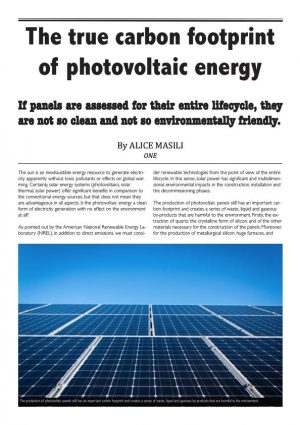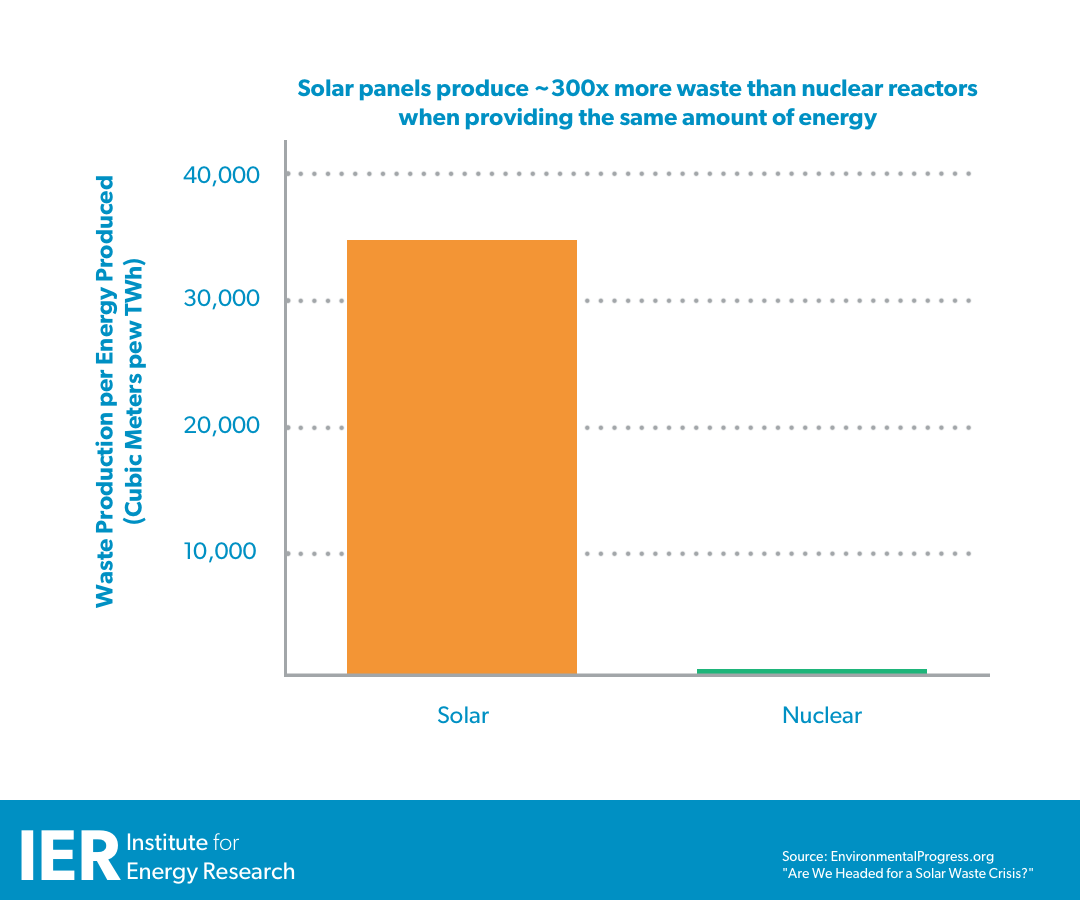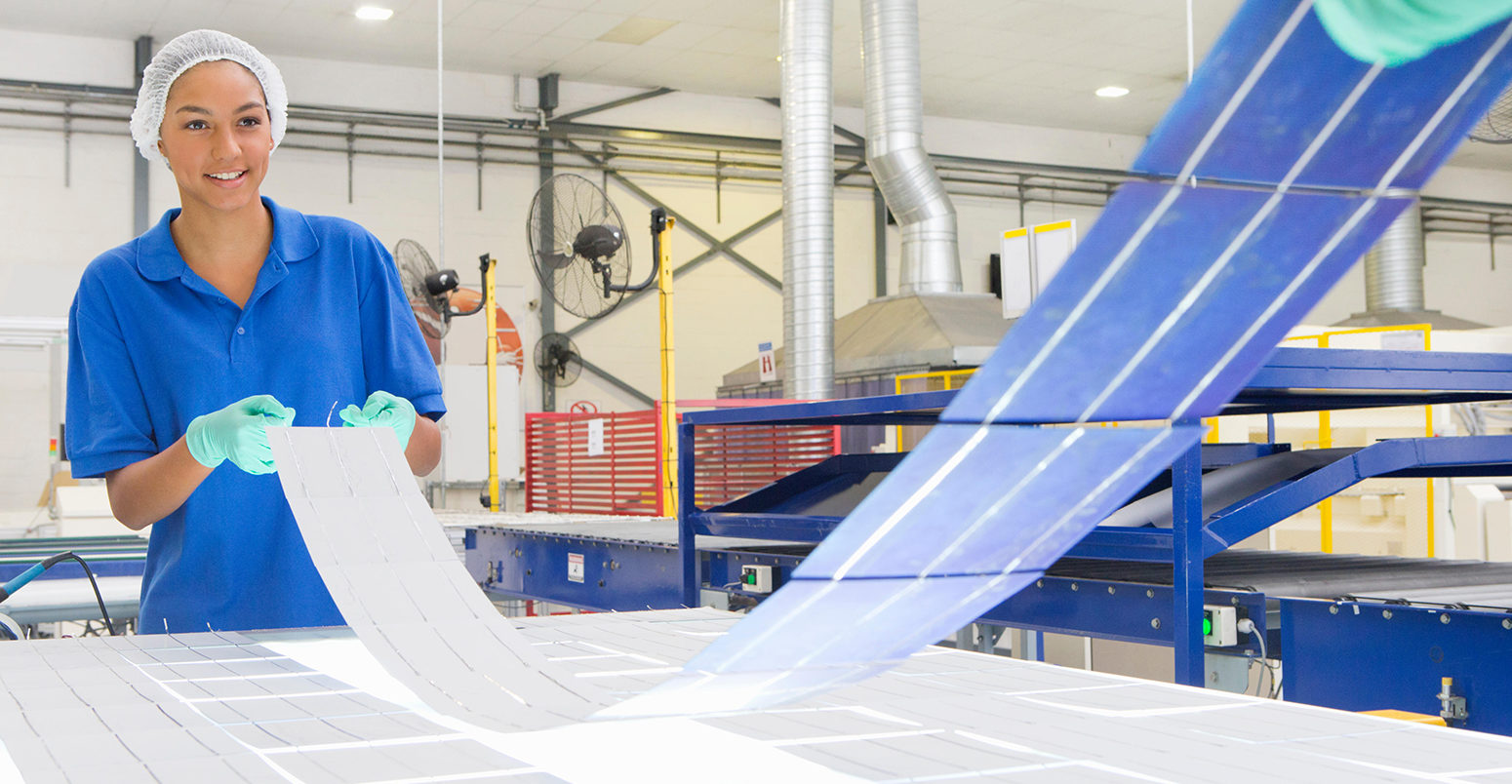Another real concern is the vast increase in the use of nitrogen trifluoride nf3 in the construction of solar panels up 1 057 percent over the past 25 years.
Solar panel construction environmental impact.
Solar energy systems power plants do not produce air pollution water pollution or greenhouse gases.
With recycling expensive.
Negative environmental impacts solar panels.
Using solar energy can have a positive indirect effect on the environment when solar energy replaces or reduces the use of other energy sources that have larger effects on the environment.
Environmental scientists and solar industry leaders are raising the red flag about used solar panels which contain toxic heavy metals and are considered hazardous waste.
Like everything in life there are upsides and downsides.
The un intergovernmental panel on climate change deems nf3 to be 17 200 times more potent than carbon dioxide as a greenhouse gas meaning that even relatively minor quantities.
When construction workers build such installations they often need to clear vast swathes of land.
The potential environmental impacts associated with solar power land use and habitat loss water use and the use of hazardous materials in manufacturing can vary greatly depending on the technology which includes two broad categories.
True a plant making solar panels uses power which for the time being doesn t necessarily come from a zero carbon source itself.
Let s start with the negative impacts that solar energy can have on the environment.
This process can have irreversible consequences for the local.
Building wind turbines and nuclear power plants takes large quantities of concrete and steel while fossil fuels have to be extracted and transported by machines and vehicles and the infrastructure.
Here we will examine the positive and negative environmental impacts of solar panels and what the future has in store for the solar energy industry.
Let s start by stating the obvious solar power isn t perfect.










